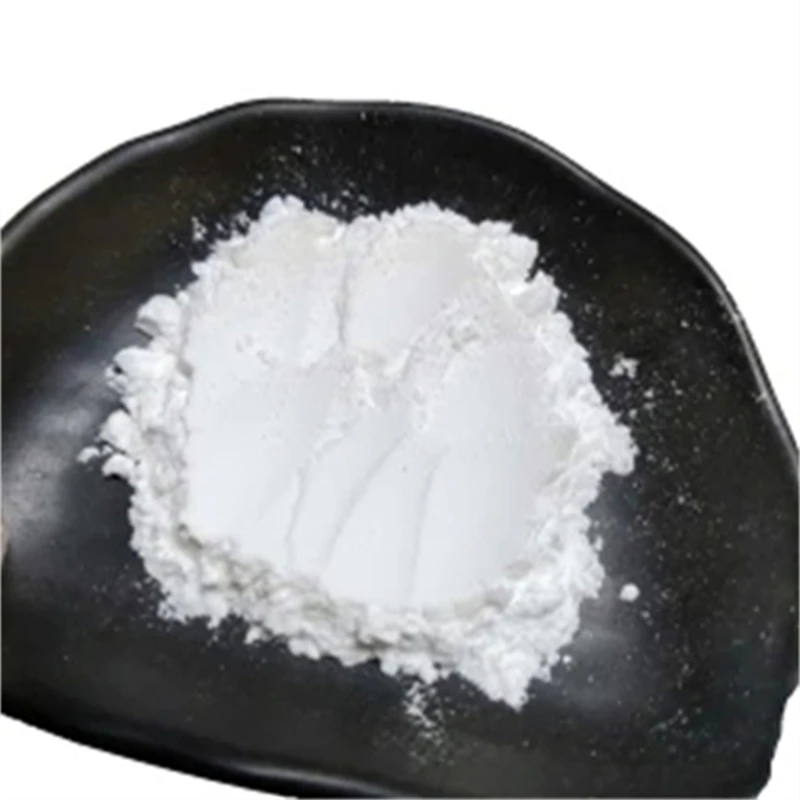Warning: Undefined array key "title" in /home/www/wwwroot/HTML/www.exportstart.com/wp-content/themes/1198/header.php on line 6
Warning: Undefined array key "file" in /home/www/wwwroot/HTML/www.exportstart.com/wp-content/themes/1198/header.php on line 7
Warning: Undefined array key "title" in /home/www/wwwroot/HTML/www.exportstart.com/wp-content/themes/1198/header.php on line 7
Warning: Undefined array key "title" in /home/www/wwwroot/HTML/www.exportstart.com/wp-content/themes/1198/header.php on line 7
- Afrikaans
- Albanian
- Amharic
- Arabic
- Armenian
- Azerbaijani
- Basque
- Belarusian
- Bengali
- Bosnian
- Bulgarian
- Catalan
- Cebuano
- China
- China (Taiwan)
- Corsican
- Croatian
- Czech
- Danish
- Dutch
- English
- Esperanto
- Estonian
- Finnish
- French
- Frisian
- Galician
- Georgian
- German
- Greek
- Gujarati
- Haitian Creole
- hausa
- hawaiian
- Hebrew
- Hindi
- Miao
- Hungarian
- Icelandic
- igbo
- Indonesian
- irish
- Italian
- Japanese
- Javanese
- Kannada
- kazakh
- Khmer
- Rwandese
- Korean
- Kurdish
- Kyrgyz
- Lao
- Latin
- Latvian
- Lithuanian
- Luxembourgish
- Macedonian
- Malgashi
- Malay
- Malayalam
- Maltese
- Maori
- Marathi
- Mongolian
- Myanmar
- Nepali
- Norwegian
- Norwegian
- Occitan
- Pashto
- Persian
- Polish
- Portuguese
- Punjabi
- Romanian
- Russian
- Samoan
- Scottish Gaelic
- Serbian
- Sesotho
- Shona
- Sindhi
- Sinhala
- Slovak
- Slovenian
- Somali
- Spanish
- Sundanese
- Swahili
- Swedish
- Tagalog
- Tajik
- Tamil
- Tatar
- Telugu
- Thai
- Turkish
- Turkmen
- Ukrainian
- Urdu
- Uighur
- Uzbek
- Vietnamese
- Welsh
- Bantu
- Yiddish
- Yoruba
- Zulu
Oct . 02, 2024 04:31 Back to list
Flammability Risks and Safety Precautions for Petroleum Jelly in Everyday Use
Is Petroleum Jelly Flammable? Understanding Its Properties and Safety Concerns
Petroleum jelly, commonly known by its brand name, Vaseline, is a semi-solid mixture of hydrocarbons that has been a staple in households for over a century. Its versatility makes it popular for various applications, including skincare, wound care, and even as a lubricant. However, a question that often arises among users is whether petroleum jelly is flammable.
Is Petroleum Jelly Flammable? Understanding Its Properties and Safety Concerns
In terms of flammability, petroleum jelly has a relatively high flash point, which is the lowest temperature at which it can form an ignitable mixture in air. According to safety data sheets, petroleum jelly typically has a flash point around 199 degrees Celsius (390 degrees Fahrenheit). This means that under normal conditions and temperatures, it is not considered flammable. However, it's important to note that while the jelly itself may not catch fire easily, it can still support combustion if exposed to an open flame or high heat.
petroleum jelly flammable

While using petroleum jelly, it is critical to take proper precautions to avoid accidental fires. Users should keep it away from direct sources of ignition, such as candles, stoves, or open flames. Additionally, since petroleum jelly can make surfaces slippery, care should be taken to avoid slips and falls, particularly in the bathroom or kitchen, where water and heat sources are prevalent.
Despite its stability, one must be cautious when using petroleum jelly in combination with other products. For instance, if combined with products that are flammable or if used on the skin before exposure to high heat, it can pose a risk. Therefore, it is advisable to allow any application of petroleum jelly to dry or settle before exposing oneself to heat sources.
Another consideration regarding petroleum jelly is its use in emergency situations. Many people turn to petroleum jelly as a makeshift fire starter when camping or during power outages. Due to its thick, waxy texture, it can ignite when introduced to a flame, providing a slow and steady burn that can help start other fires. While this can be handy, users should employ these methods in designated fire areas and with appropriate safety measures.
In conclusion, while petroleum jelly is not inherently flammable under normal conditions, users should exercise caution to prevent accidents. Its high flash point and stability make it a relatively safe option for various applications, but awareness of its properties and proper usage is vital to ensure safety. By following simple guidelines and being mindful of its characteristics, petroleum jelly can be effectively and safely integrated into daily routines without unnecessary risk.
Latest news
-
Certifications for Vegetarian and Xanthan Gum Vegetarian
NewsJun.17,2025
-
Sustainability Trends Reshaping the SLES N70 Market
NewsJun.17,2025
-
Propylene Glycol Use in Vaccines: Balancing Function and Perception
NewsJun.17,2025
-
Petroleum Jelly in Skincare: Balancing Benefits and Backlash
NewsJun.17,2025
-
Energy Price Volatility and Ripple Effect on Caprolactam Markets
NewsJun.17,2025
-
Spectroscopic Techniques for Adipic Acid Molecular Weight
NewsJun.17,2025

